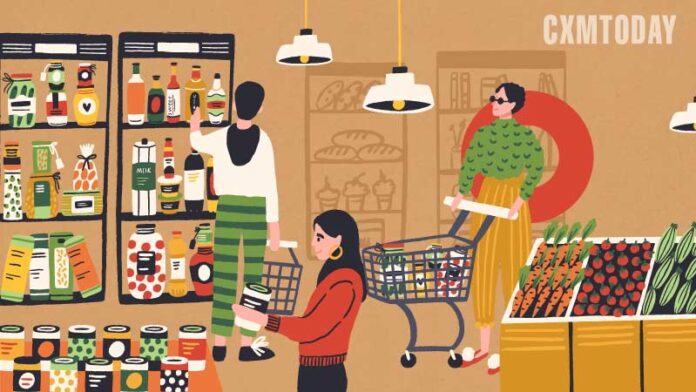Incisiv, a next-generation industry insights firm that helps retailers and brands navigate digital disruption, and Toshiba Global Commerce Solutions, a provider in retail store technology and the industry’s first choice for unified commerce solutions, announced their findings of an executive survey, titled State of the Industry: Unified Commerce in Food & Grocery Retail.
As shopper habits return somewhat to pre-pandemic patterns, several behaviors learned over the last two and a half years leave grocers looking to offer a more cohesive shopping experience. While this is evidenced by the priority they are placing on providing a more consolidated online and in-store experience, a majority of grocers (77%) still do not have a unified commerce platform in place and remain dissatisfied with their current ability to quickly deploy new experiences (e.g., curbside returns, online chat,). In addition, most grocers feel current systems lack the ability to offer shoppers a seamless omnichannel experience.
“These findings show that the industry is ready to deliver experiences that truly unify the physical and digital, meeting customers where they are so they can drive their own journey to create memorable experiences for shoppers across channels,” said Fredrik Carlegren, VP Marketing & Communications, Toshiba Global Commerce Solutions. “With investments in our ELERA commerce platform, we are driving the digital transformation of retail by seamlessly connecting retail touchpoints to deliver the personalized shopping experience that consumers expect, with the agility and scalability retailers demand, to accelerate the future of retail.”
Key findings of the research include:
- The ability to experiment quickly/test and learn came up as the most important capability (82%) when building a unified commerce platform. This is followed by the ability for high performance in any conditions (73%) and flexibility to respond to new market dynamics (71%).
- Inventory visibility remains a top priority to enhance the digital experience. Only 42% of grocers stated they can access accurate online inventories, 52% are in the pilot phase or have it on their roadmap to add this capability.
- As online ordering becomes table-stakes, retailers will have to do more than just expose available inventory online.
- Only 18% show product availability by fulfillment type on their digital channels.
- 7% allow items to be added to digital cart via voice.
- 3% show expected availability of out-of-stock items.
- Nearly half (47%) of grocers noted they either already have shopper messaging enabled or are currently piloting it, indicating more effort is being put into empowering store associates to better assist shoppers.
- Unified shopper profiles are growing in popularity. While only 21% of grocers currently enable store associates to access such data, 42% are in pilot or have this capability on their roadmap.
“As visits to brick-and-mortar stores become increasingly pre-planned (e.g., increase in click & collect), it will be critical for retailers to convert fleeting physical transactions into long-lasting relationships,” said Giri Agarwal, Chief Strategy Officer, Incisiv. “A disappointed shopper is one click or swipe away from abandoning engagement with a retailer. Retailers cannot afford to have channel-locked experiences and capabilities anymore. That’s why they must embrace a ‘Unified Commerce’ approach to succeed in this new era.”




